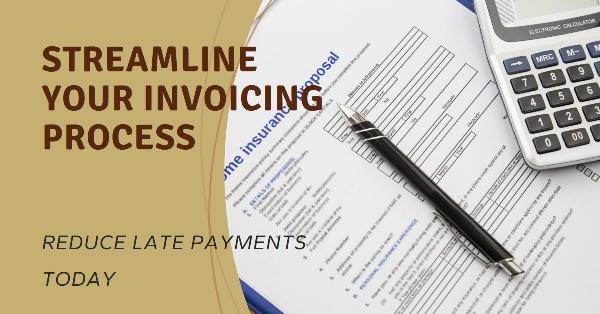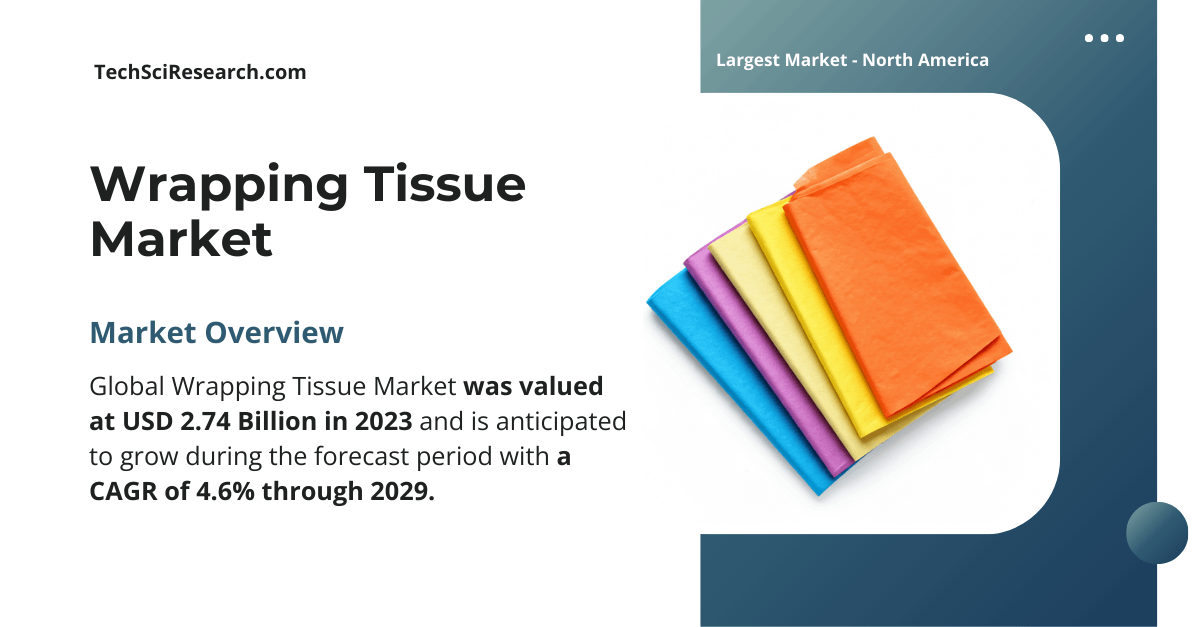From Friction to Flow: Streamlining Your Invoicing Process to Reduce Late Payments

Strong 8k brings an ultra-HD IPTV experience to your living room and your pocket.
Outstanding invoice payments have the potential to create a snowball effect on your business that you must navigate at all costs. Delays in receiving payments not only impede a company’s cash flow but also affect its day-to-day operations, which may include paying suppliers, and vendors, and ensuring timely payroll. Try Downloadable Invoice Template MS Word PDF that offers a User-friendly and Professional Solution for Creating Invoices with Ease.
Such delays may strain supplier relations, leading them to cease delivering raw materials, and could prompt employees to seek employment elsewhere if they are not paid on time. The repercussions of late payments extend beyond this, potentially hindering your ability to fulfil future customer requests.
Reducing this friction requires an efficient invoicing process that not only prompts payment for outstanding invoices but also enhances your cash flow. This article explores the role of the invoicing process in reducing late payments and discusses strategies to help you optimize your invoicing procedures, thereby unlocking your cash flow and securing the financial health of your business.
The Role of the Invoicing Process in Reducing Late Payments
The accounts receivable (AR) process starts with the business issuing an invoice for the customer to make payment against the goods or services received. With an optimized invoicing process, the invoice is issued accurately and timely which accelerates the overall invoice-to-cash process, because customers when receive the invoice can pay. The delay in the invoicing process affects the collection process which also hampers collection. Similarly, if the customer pays using a check which relies on the traditional banking system, it can take time for a business to convert its receivables into cash in hand.
The invoicing process also plays a significant role in prompting customers to pay on time by sending payment reminders and formulating an effective dunning strategy. If the customer gets payment reminders through phone or mail, this consumes time and resources, as traditional paper-based invoices take time to be received by the customer which can compound delays. Therefore, an efficient system like a digital invoicing process can accelerate invoice delivery and collection which can reduce late payments, and unlock cash flow.
Strategies to Reduce the Risk of Late Payments
It is inevitable for any business to avoid late payments, there are strategies that you can consider to reduce the risk of delinquent accounts. By implementing an software/">invoice-to-cash automation solution, many businesses have prompted timely payments. Besides, there are many ways to optimize your invoicing process to get paid on time.
1. Standardizing the AR Process
Relying on the traditional AR process can cause delays due to the inefficiency of the paper-based invoicing system and using spreadsheets and legacy systems to handle the AR process. By standardizing the AR process, you can equip the finance teams with consolidated information to prevent data inconsistencies and enhance the visibility of the workflow. This way, the entire team can track the invoices, payments, due dates, payment methods, and other metrics to determine the cash flow. Using an intelligent tool also frees up the AR team to spend energy on other strategic tasks that enhance customer satisfaction and organizational growth.
2. Automatic Payment Reminders
Streamlining payment reminders is the best strategy to prompt late-paying customers through invoice follow-ups. This strategy includes automating dunning messages which strongly increases the likelihood of getting paid and reducing the risk of bad debt. With this accounts receivable automation software, you can plan your customer outreach strategy, schedule payment reminders and dunning messages to navigate the cash flow issues. Not only does this approach save you the hassle of reaching customers manually on call and burning through resources, but it also uses a gentle approach that ensures customer satisfaction, while strengthening those relationships.
3. Reduce Friction by Offering Different Payment Options
There are many reasons why a customer delays payment, and one of the common reasons is the friction that keeps them from making payments. Expanding your payment options allows you to receive ACH payments, credit cards, and secure eChecks transfers electronically, all while ensuring the security of your customers' transactions. Another way to reduce payment friction is by allowing them to pay in instalments. This flexibility can help you collect accounts receivable in smaller amounts, which is better than not getting paid at all.
4. Streamline the Credit Process
Monitoring customers' payment trends can help you determine whether a customer has a good credit score or if you should extend credit terms. Without knowing a customer's credit rating and offering credit sales will increase the risk of late invoice payments, overdue invoices, bad debt, and writing off payments which potentially affects your cash flow. Using a streamlined credit process can provide you with the credit rating score of your client organization, eliminating the need for manual credit checks, which are resource-intensive and time-consuming.
5. Streamlining Deductions and Dispute Management
Disputes are unavoidable when it comes to the accounts receivable process because customers can lose invoices, delay payments, or not respond to follow-ups can cause disputes. Using traditional ways to resolve such disputes involves a series of manual steps which can be time-consuming. Employing an AR automation platform can streamline the dispute management process by centralizing data on a cloud-based platform so everyone can have a unified view. This approach prevents data inconsistencies while facilitating greater collaboration to hasten dispute resolution.
6. Accessing Collection Analytics
Centralizing your accounts receivable process empowers you with data analytics, which encompasses a variety of information and data used to track AR performance. These metrics may include average days delinquent (ADD), days sales outstanding (DSO), cash conversion cycle (CCC), and ageing AR, among others. This information is utilized to forecast cash flow and assess the health and performance of the company's AR efforts. By leveraging this accurate information, a company can make well-informed business decisions regarding future investments and funding projects for business growth.
The Bottom Line
Accounts receivable is a liquidity asset and affects a company’s cash flow and financial health. The invoicing process plays a significant role in collecting invoices from customers, but an efficient process slows down collections. Implementing an automation solution to streamline your invoicing process and collections can help your organization in several ways. From reducing operational costs, and manual admin to reducing the burden of the AR team can help you make the process efficient.
Automation can help you reduce friction by allowing clients to make invoice payments from various payment methods to choose from. It also equips you with data analytics and unified information so you can track performance accurately, preventing data inconsistencies while effectively forecasting cash flow and planning organization’s business growth.
Note: IndiBlogHub features both user-submitted and editorial content. We do not verify third-party contributions. Read our Disclaimer and Privacy Policyfor details.







